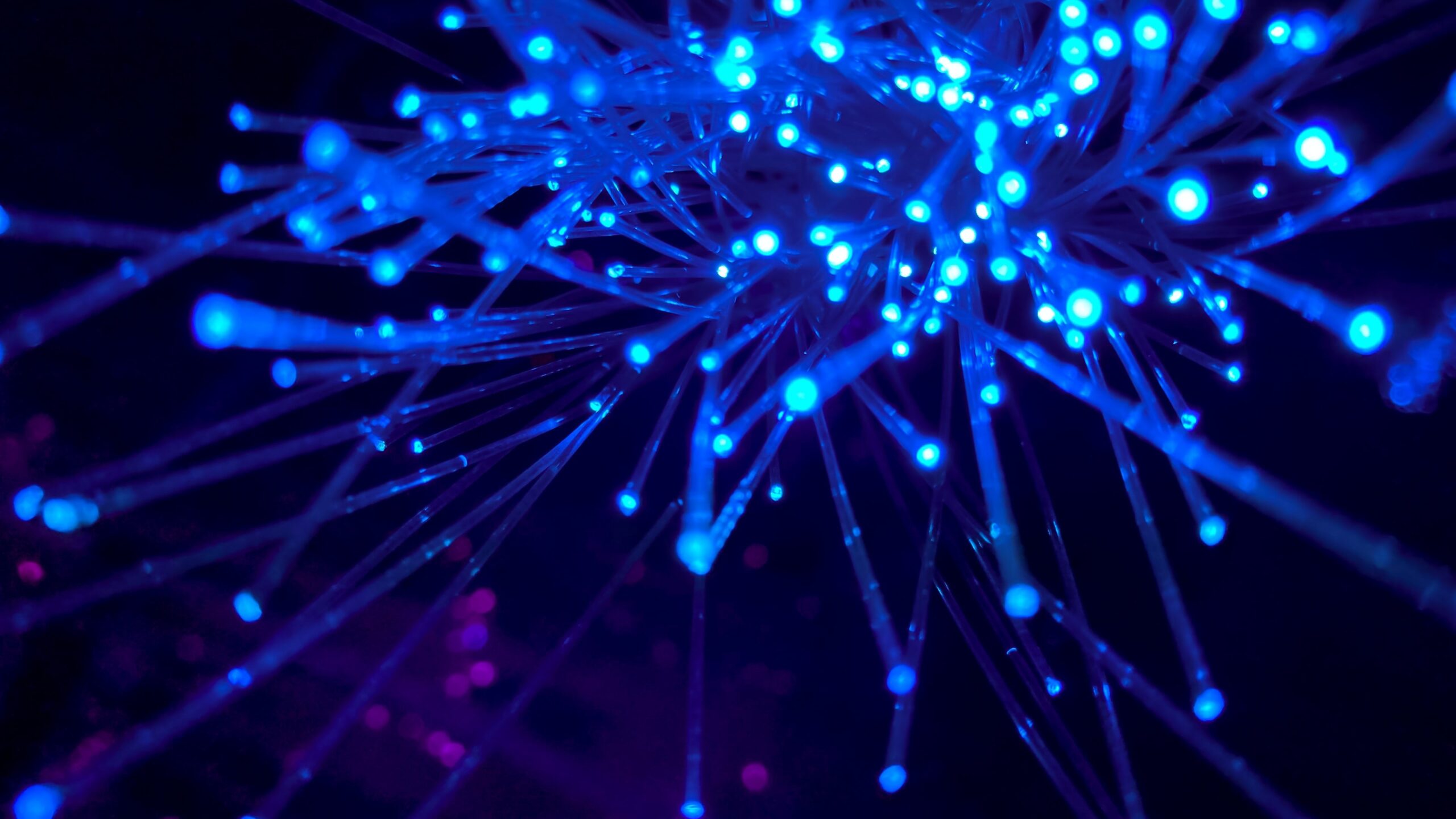Sydney Business Insights

Breaking the internet (badly)
Fastly and Akamai are major internet companies most of us don’t need to know about.
But when things went bang at Fastly (June 8) and more recently with Akamai (June 17) thousands of websites and millions of people were quickly impacted.
For almost an hour on Tuesday June 8 if you tried to access the BBC, Amazon, the New York Times, Reddit, The Guardian, PayPal, the UK Government’s websites (and many more) you’d find them down.
We identified a service configuration that triggered disruptions across our POPs globally and have disabled that configuration. Our global network is coming back online. Continued status is available at https://t.co/RIQWX0LWwl
— Fastly (@fastly) June 8, 2021
Akamai’s outage bought down online banking with three of Australia’s major banks – the Commonwealth, Westpac and ANZ and also impacted business for parts of Virgin Australia and the Reserve Bank of Australia.
Akamai can confirm the segment of our Prolexic platform impacted is up and running and we are continuing to validate services. We will share more details of what transpired, but our first priority is ensuring all customer impact is mitigated.
— Akamai Technologies (@Akamai) June 17, 2021
Breaking fast
Fastly and Akamai are content delivery network (CDN) providers. They sit in-between companies that host websites (cloud service providers) and the ISPs that deliver content to your device. Fastly hosts content for companies like those media and other organisations mentioned – so we consumers can get that content, well, faster.
Maybe you live in Sydney and want to read an article in the New York Times – and we are assuming their servers are in New York, CDNs make that content available closer to your home so the pages don’t take too long to load.
Because we hate to wait – and we especially don’t like to experience downloading delays when reading stuff, watching videos and otherwise working our fingers to the bone while fiddling with our devices.
A tale of two resiliences
Fastly and Akamai along with fellow CDN Cloudflare, are part of the internet’s invisible infrastructure. And when it comes to the internet, size definitely matters. Size allows these three companies to deliver the services their commercial clients need. So concentration of ownership is a resilience indicator for these individual companies.
But concentration also takes resilience out of the system because there is no excess capacity there. So resilience at a network level is compromised.
A quick internet history lesson: the genesis of the internet – ARPANET – funded by the US government, universities and military, was established with resilience as its design logic. The distributed computer links ensured if any individual computer, or even sub parts of the internet, were taken out, the system would continue to function.
However, concentration of internet companies over the last 20 years has compromised this network resilience. Which is not unusual when scientific or engineering ideas push up against business models. In the trade-off between making infrastructure more efficient (saving money) and making it more resilient (excess capacity costs money) – well we know how that usually ends.
Business not business
When the Fastly issue took down the UK government websites, that included the online system people could register for their COVID-19 vaccines. So not a business… really a public utility and certainly an essential public service. And let’s remember who owns the means of delivering that public service, oh that’s right, a private organisation.
But regulation is not easy, just ask the CEO of Cloudflare (remember, another CDN).
Back in 2017 Cloudflare CEO Matthew Prince woke up in a bad mood. Prince decided to kick the Daily Stormer site off the internet with immediate effect, because, “the people behind the neo-nazi site are ‘assholes.’” And while CEO Prince mused it was the right thing to do, he also thinks that ‘no one [person] should have the power’ to kick anyone off the internet.
And while governments and others are getting very worked up about the very scary power of the very famous Big Tech companies – Facebook, Google, Amazon – this invisible infrastructure also needs to be looked at so that the internet as a piece of critical infrastructure is protected.
Sydney Business Insights is a University of Sydney Business School initiative aiming to provide the business community and public, including our students, alumni and partners with a deeper understanding of major issues and trends around the future of business.
Share
We believe in open and honest access to knowledge. We use a Creative Commons Attribution NoDerivatives licence for our articles and podcasts, so you can republish them for free, online or in print.







